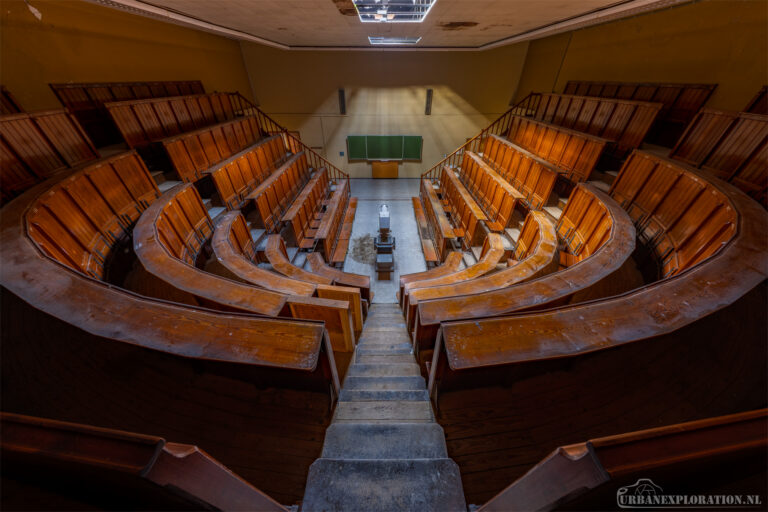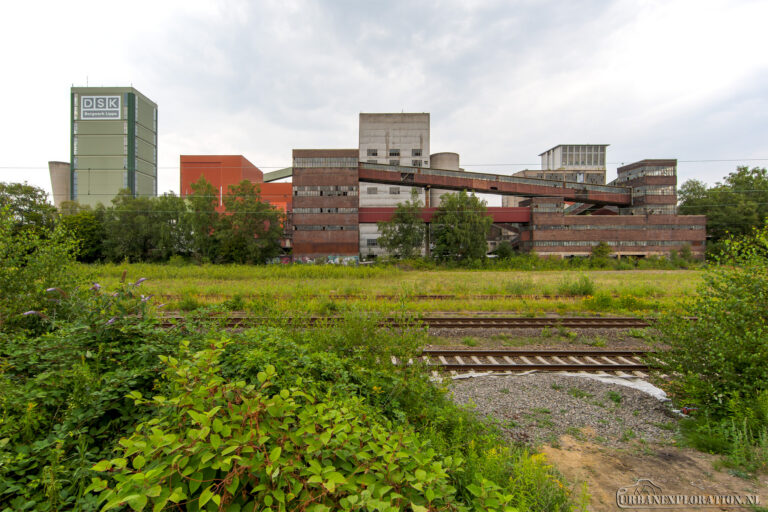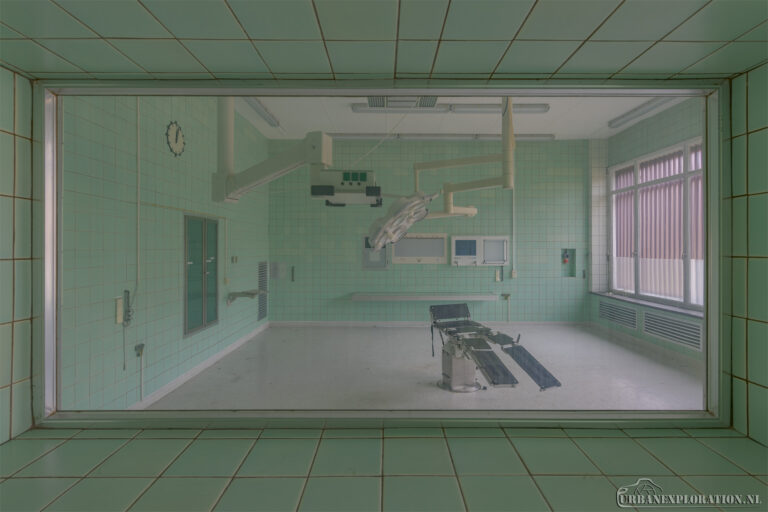Hotel Fürstenhof
The story begins in 1854, when a summer residence was built on the site by Samuel Liebetrau. In 1861, it came into the possession of geologist Johann Georg Bornemann, who expanded it into the imposing Villa Bornemann. After several changes of ownership, the building was extensively remodelled by architects Georg Unruh and Lorenz Freitag, and on 15 May 1902 it opened as the Kurhaus Hotel Fürstenhof. With its enormous ballroom – at the time the largest in Thuringia – the hotel aimed to rival prestigious spa resorts such as Baden-Baden.
In the following years, the complex grew further, adding a terrace, a grotto hall, and, in the 1920s, a casino. A fire in 1928 destroyed the original ballroom, but in 1930 it was rebuilt in a larger form, accommodating around 2,000 guests. The hotel became an important cultural and political venue, and in 1932 Adolf Hitler even delivered an election speech there. During the Second World War, it served as a convalescent home for wounded soldiers and, remarkably, survived the conflict intact. After the war, it provided shelter for refugees and was used for political and cultural gatherings.
In the 1950s, it was renamed Hotel Stadt Eisenach and continued to be a key location for events. After German reunification in 1991, the name Hotel Fürstenhof returned, but decline set in rapidly. In 1996, it closed its doors for good. Since then, the building has fallen victim to vandalism, theft, arson, and neglect. Renovation attempts proved economically unfeasible, and in 2004 its protected status as a monument was downgraded.
- Visited - June 2020
- Defunct - 1996
- Status - In decline
- Country - Germany














